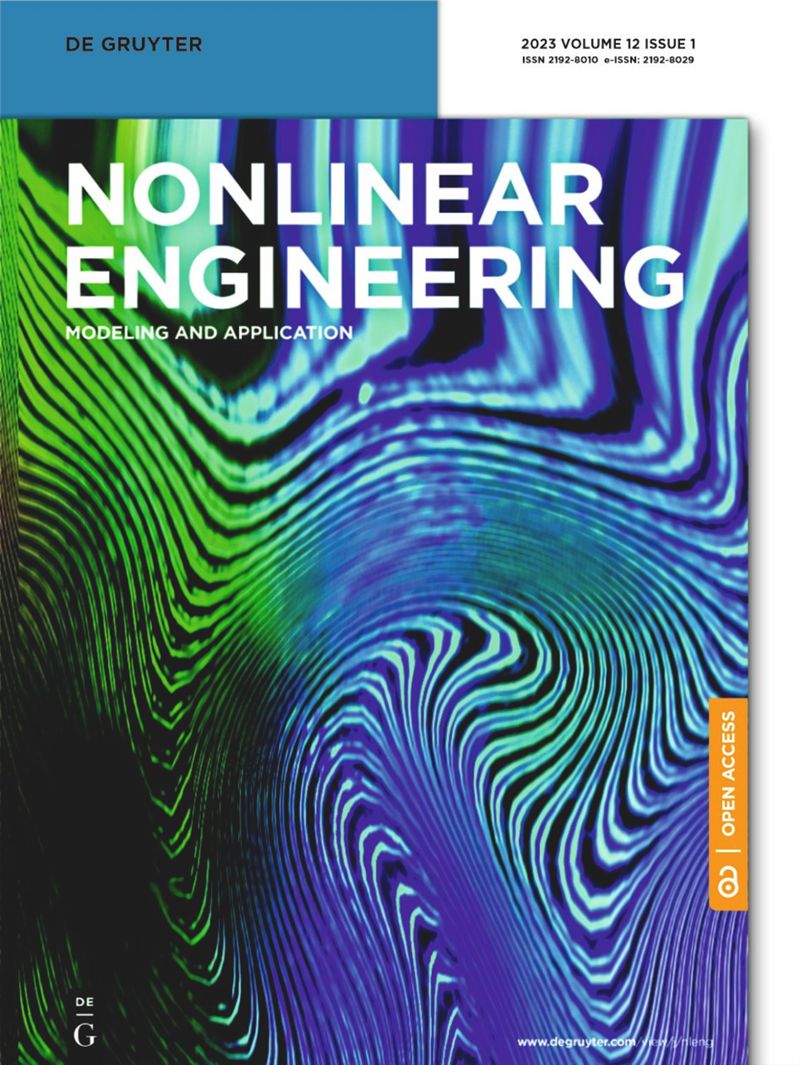一个工程问题的分数对应力流体流动的解析解
IF 1.5
Q2 ENGINEERING, MECHANICAL
引用次数: 0
摘要
摘要本文讨论了用幂律分数阶微分算子模拟的耦合应力流体流动的解析解。研究了无限长水平平板上不可压缩耦合应力流体的Stokes第二问题。将流动问题的控制方程用偏微分算子表示,然后利用量纲分析将其转化为无因次模型。然后用三种分数阶导数的非整数阶来表示整数阶问题,并利用拉普拉斯变换方法进行求解。得到的解是复数的,用级数表示。为了检验用三种不同的分数算子得到的解的记忆指数,我们绘制了一些图。通过对Caputo和Caputo - fabrizio算法的比较,发现常数比例算子为我们提供了更好的内存选择和最大增强。此外,为了检验本文结果的准确性,我们将得到的解与现有文献进行了比较,发现它们之间有很好的一致性。本文章由计算机程序翻译,如有差异,请以英文原文为准。
Analytical solutions of fractional couple stress fluid flow for an engineering problem
Abstract In this article, analytical solutions of couple stress fluid flow modeled with a power law fractional differential operator are discussed. Stokes’ second problem for an incompressible couple stress fluid is studied for an horizontal plate of infinite length. The governing equations of the flow problem are expressed in terms of a partial differential operator and then converted into a non-dimensional model by using dimensional analysis. Then the integer order problem was formulated in terms of the non-integer order of three types of fractional derivatives and then solved with the help of the Laplace transform method. The obtained solutions are complex and expressed in terms of series. In order to check the memory index of the solutions obtained with three different fractional operators, we have plotted some graphs. It is found that the constant proportional operator provides us a better choice about the memory and maximum enhancement achieved in the comparison of Caputo and Caputo–Fabrizio. Furthermore, in order to check the accuracy of the present results, we have compared the obtained solutions with the existing literature and found a good agreement between them.
求助全文
通过发布文献求助,成功后即可免费获取论文全文。
去求助
来源期刊
CiteScore
6.20
自引率
3.60%
发文量
49
审稿时长
44 weeks
期刊介绍:
The Journal of Nonlinear Engineering aims to be a platform for sharing original research results in theoretical, experimental, practical, and applied nonlinear phenomena within engineering. It serves as a forum to exchange ideas and applications of nonlinear problems across various engineering disciplines. Articles are considered for publication if they explore nonlinearities in engineering systems, offering realistic mathematical modeling, utilizing nonlinearity for new designs, stabilizing systems, understanding system behavior through nonlinearity, optimizing systems based on nonlinear interactions, and developing algorithms to harness and leverage nonlinear elements.

 求助内容:
求助内容: 应助结果提醒方式:
应助结果提醒方式:


